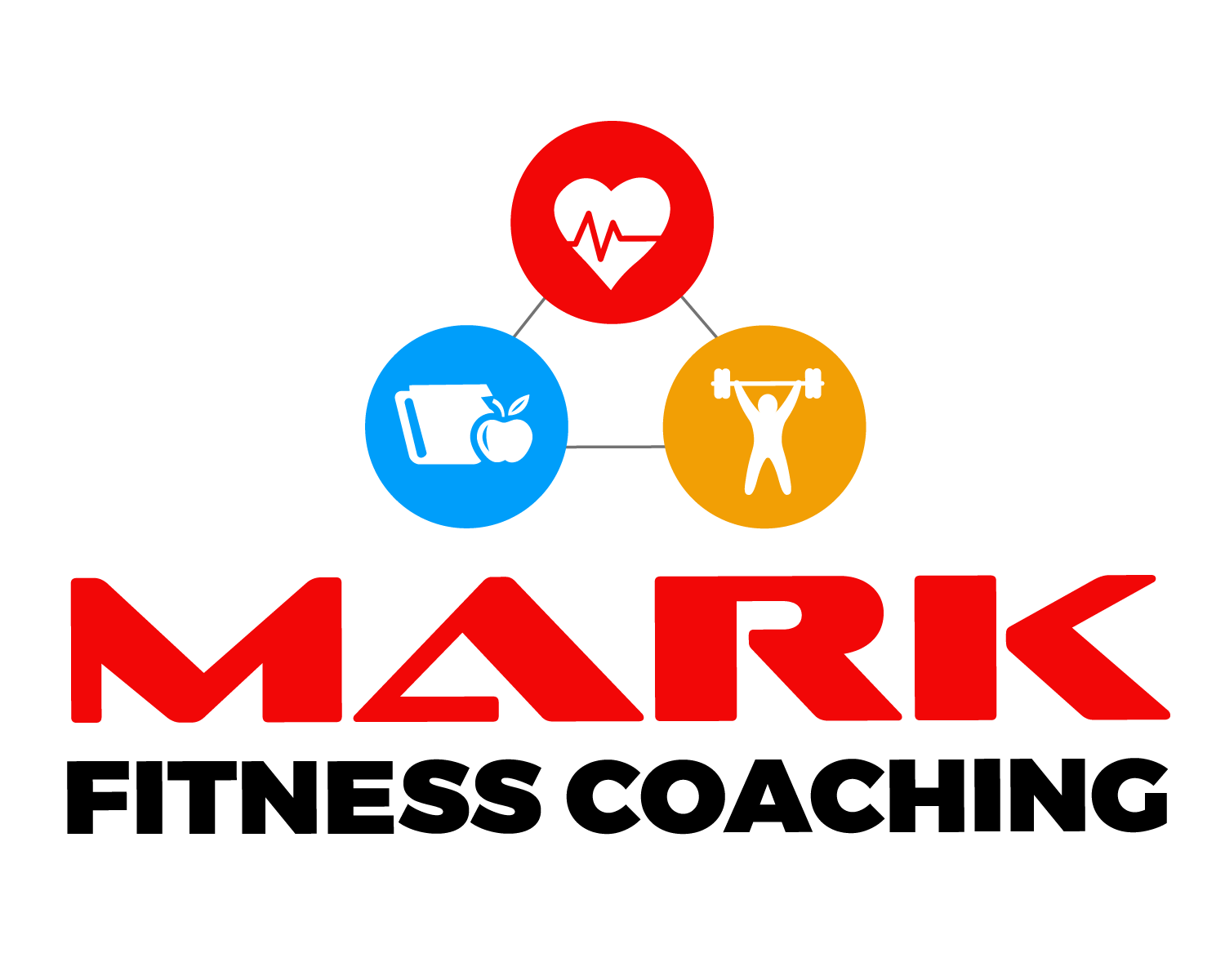The Benefits of Using a Stability Ball in Your Fitness Routine
- Mark Fitness Coaching

- Aug 23, 2024
- 4 min read
Incorporating a stability ball, also known as an exercise ball or Swiss ball, into your fitness regimen can revolutionize your workouts by enhancing core strength, improving balance, and offering versatile exercise options. Whether you're a beginner looking to build foundational strength or an advanced fitness enthusiast aiming to intensify your workouts, the stability ball provides a dynamic platform for engaging multiple muscle groups and challenging your stability. Let's explore the myriad benefits of using a stability ball and discover 10 effective exercises to integrate into your fitness routine.
Understanding the Benefits of Stability Balls
Stability balls offer unique advantages that traditional gym equipment may not provide:
Core Strengthening: The instability of the ball engages core muscles to maintain balance during exercises, strengthening abdominal muscles, obliques, and lower back.
Improved Balance and Coordination: Performing exercises on a stability ball enhances proprioception and balance, which are essential for stability in daily activities and sports.
Enhanced Muscle Activation: Using a stability ball recruits stabilizer muscles around joints, increasing overall muscle engagement and promoting better muscle coordination.
Versatility: From core exercises to upper and lower body workouts, stability balls offer a wide range of exercises to target different muscle groups and fitness goals.
Posture Improvement: Sitting on a stability ball encourages proper spinal alignment and strengthens back muscles, promoting better posture and reducing back pain.
Flexibility and Range of Motion: Incorporating stretching and flexibility exercises on a stability ball can improve joint mobility and flexibility.
Cardiovascular Benefits: Dynamic movements on the stability ball can elevate heart rate, contributing to cardiovascular fitness during workouts.
10 Effective Exercises to Perform with a Stability Ball
Here are 10 exercises to maximize your stability ball workout routine:
1. Stability Ball Crunches
Target Muscles: Rectus abdominis (six-pack muscles), obliques.
How to Perform: Lie on the ball with lower back supported, hands behind head or crossed on chest. Contract abs to lift torso, then lower back down.
2. Stability Ball Plank
Target Muscles: Core muscles (rectus abdominis, transverse abdominis), shoulders, arms.
How to Perform: Place forearms on the ball, extend legs behind you into plank position. Hold for 30-60 seconds, keeping core engaged and hips level.
3. Stability Ball Bridge
Target Muscles: Glutes, hamstrings, lower back.
How to Perform: Lie on your back with feet on the ball, knees bent. Lift hips off the floor until body forms a straight line from shoulders to knees. Hold briefly, then lower hips.
4. Stability Ball Pike
Target Muscles: Core muscles, shoulders, hip flexors.
How to Perform: Start in plank position with feet on the ball. Roll the ball towards your hands, lifting hips towards the ceiling. Pause, then roll back to plank position.
5. Stability Ball Chest Press
Target Muscles: Chest, shoulders, triceps.
How to Perform: Lie on the ball with upper back supported, feet flat on the floor. Hold dumbbells and extend arms towards the ceiling. Lower weights to chest level, then press back up.
6. Stability Ball Squats
Target Muscles: Quadriceps, glutes, hamstrings, core.
How to Perform: Stand with the ball between your lower back and a wall. Lower into a squat position, keeping knees behind toes. Press back up to standing.
7. Stability Ball Russian Twist
Target Muscles: Obliques, core muscles.
How to Perform: Sit on the ball with feet flat on the floor. Lean back slightly and twist torso to the right, then to the left, holding a weight or medicine ball for added resistance.
8. Stability Ball Leg Curl
Target Muscles: Hamstrings, glutes.
How to Perform: Lie on your back with heels on the ball, knees bent. Lift hips off the floor into a bridge position. Pull heels towards glutes, then extend legs back out.
9. Stability Ball Superman
Target Muscles: Lower back, glutes, hamstrings.
How to Perform: Lie face down on the ball with hips supported. Extend arms and legs to lift them off the ball, squeezing glutes and lower back muscles. Hold briefly, then lower.
10. Stability Ball Wall Squat
Target Muscles: Quadriceps, glutes, core.
How to Perform: Lean against a wall with the ball at your lower back. Lower into a squat position, allowing the ball to roll down the wall for support. Hold, then press back up.
Tips for Safety and Effectiveness
Choose the right size ball: Use a ball that allows your knees to be at a 90-degree angle when seated.
Start with stabilization exercises: Begin with basic exercises to familiarize yourself with the ball's instability before progressing to more challenging movements.
Maintain proper form: Focus on proper posture and alignment during each exercise to prevent injury and maximize effectiveness.
Breathe: Remember to breathe naturally throughout each exercise to maintain oxygen flow and energy levels.
Incorporate into a balanced routine: Combine stability ball exercises with cardio, strength training, and flexibility exercises for a well-rounded fitness program.
Conclusion: Elevate Your Fitness Routine with a Stability Ball
Incorporating a stability ball into your fitness routine offers numerous benefits for enhancing strength, improving balance, and supporting overall fitness goals. Whether you're targeting core muscles, improving posture, or seeking to add variety to your workouts, the stability ball provides a versatile and effective platform for achieving your fitness aspirations.
So, grab a stability ball, explore these exercises, and experience the transformative benefits it can bring to your fitness journey. Embrace the challenge, enjoy the variety, and reap the rewards of incorporating this simple yet powerful fitness tool into your workouts!

Comments